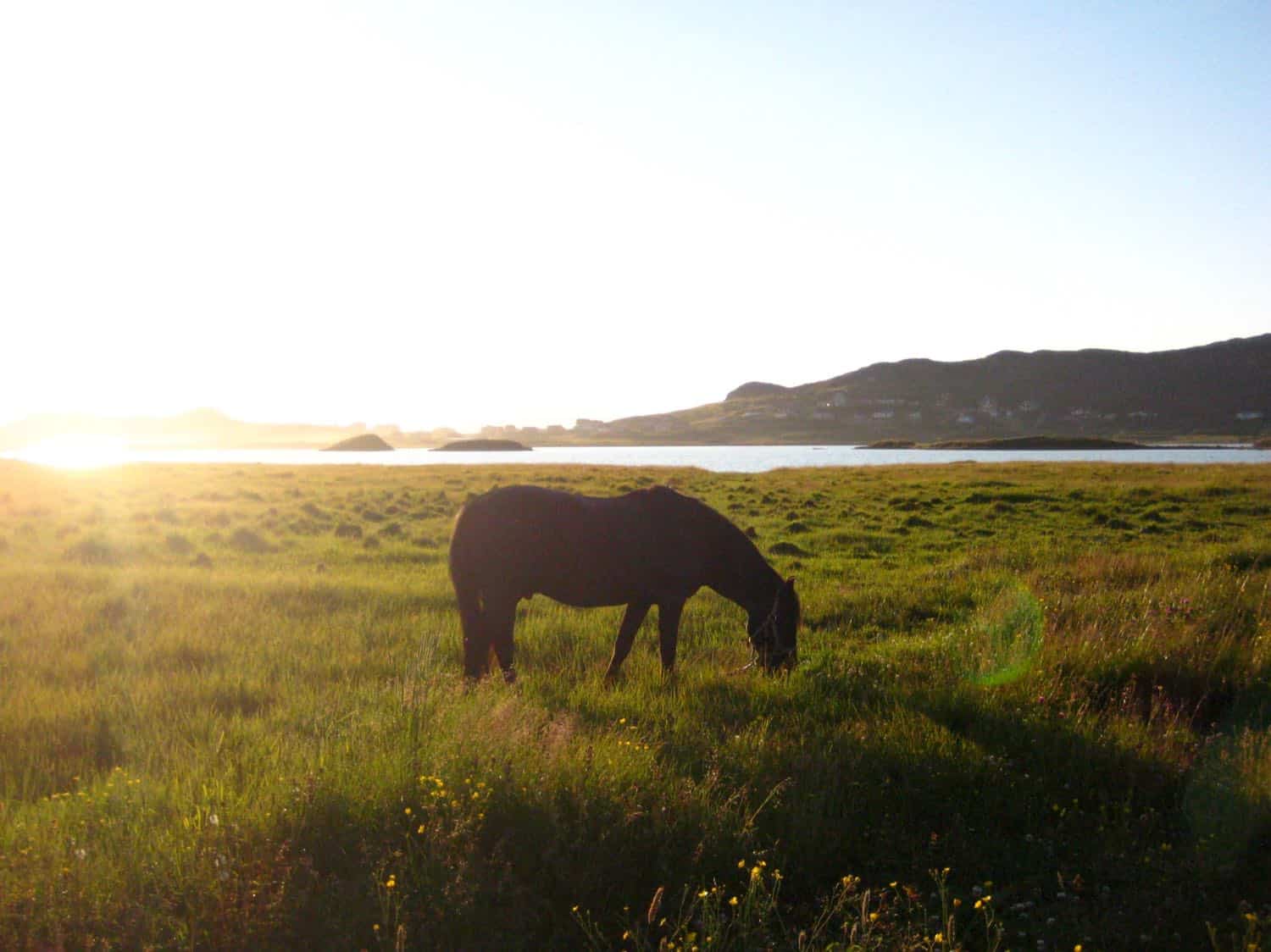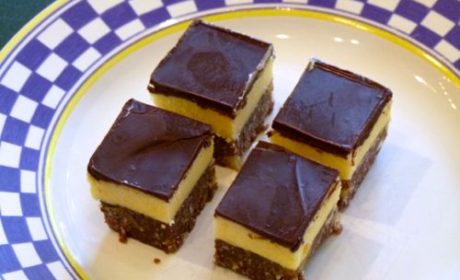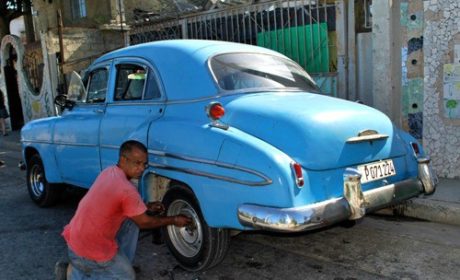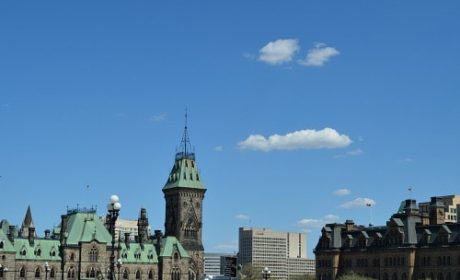Did you know that there are two French islands off the Newfoundland coast? And, according to Kirsten Gallagher’s first-hand experience, it is definitely worth exploring this off-the-beaten-path slice of Canada.
Guest contributor and Toronto resident, Kirsten Gallagher, recently had the opportunity to explore St. Pierre and Miquelon. Come along as she introduces you to these little-known French islands that sit off the coast of Newfoundland, Canada.
I’ve never said “Bonjour” to so many strangers so many times in the span of a single week. I’ve just returned from St. Pierre and Miquelon, two small islands belonging to France.
Table of Contents
Where are St. Pierre and Miquelon?

With a combined population of just over 6, 000 people, St. Pierre and Miquelon are a tightly-knit island community in which everyone warmly greets each other while passing in the street, even if they’ve never been introduced before.
Between the friendly bonjours and the delicate pastries on offer, I felt like I was in rural France even though I was only 15.5 miles from the southern coast of Newfoundland, Canada.
Surprised?
The very existence of St. Pierre and Miquelon is unknown to many, if not most, North Americans. The two islands are officially an overseas collectivity belonging to Metropolitan France (in Europe), or what citizens in St. Pierre and Miquelon call France métropolitaine.
However, they’re geographically quite far from France, all the way across the Atlantic Ocean, in the vicinity of the Canadian maritime provinces.
Despite their proximity to Canada, St. Pierre and Miquelon function just like any other part of Metropolitan France: they use the Euro as currency, they vote in French elections, and they receive all of the same social services and benefits that the French do, such as universal health care and affordable higher education.
Boomer Travel Tip
MedjetAssist Members who are hospitalized 150 miles from home receive medical transport to a home-country hospital of choice. Memberships from $99.
How to visit St. Pierre and Miquelon
Being something of a Francophile, I was intrigued by St. Pierre and Miquelon. Why had I lived in Canada all my life and never heard of them?
I decided to visit and do a one-week séjour culturel (or, in English, a cultural stay) offered through the Francoforum, an organization dedicated to teaching the French language in St. Pierre and Miquelon. I flew from Toronto to Halifax and then from Halifax to St. Pierre with Air St. Pierre, the only airline that flies there (see more information on flights below).
I stepped off the tiny aircraft in late July to rather brisk temperatures and the smell of salt in air. C’est parti!

Most people living in St. Pierre and Miquelon live in and around the capital, also named St. Pierre. It’s a port, with boats coming and going at nearly all times.
The terrain is rocky and steep. There are several high points from which I could look down and watch the fog roll in or out (even in the summer months, St. Pierre and Miquelon receive more than their fair share of rain and fog). I could understand the necessity of the numerous lighthouses.
The main industry, now and over the course of the last few centuries, has been la pêche à la morue (cod-fishing), and there are a handful of quaint museums dedicated to its history such as the Musée Héritage (rue Maître Georges Lefèvre, St. Pierre), the Musée de Miquelon (5 rue Sourdeval, Miquelon) and the Musée Archipélitude (Ile-aux Marins).

Shortly after my arrival, I took a stroll through the narrow streets of St. Pierre with Solène, one of my guides and teacher for the week. The houses are bright and cheery, painted with every colour of the rainbow, with delicate lace curtains hanging in the windows.
The shops sell an array of products from France, like rich red wines from the Côtes du Rhône region and confitures (jams) made from strawberries, apricots and figs.
Solène chatted with me about the uniquely French culture on St. Pierre and Miquelon. Though closer to Quebec than France, les saint-pierrais speak with a identifiably French accent, as opposed to a Quebecois one.
The earliest settlers came mainly from Normandy and Brittany in northern France. Because they were relatively isolated, their descendants have retained the same manner of speaking.

Another difference between the French spoken in France, and by extent, St. Pierre and Miquelon and the French spoken in Quebec is the more frequent use of “vous”. In French, there are two ways to address someone: using “vous,” which is formal, or “tu,” which is informal. It’s a matter of etiquette.
You would use “vous” to address a stranger, or someone older than you, or someone with whom you have a strictly professional relationship. You would use “tu” to address friends and family, and children.
I noticed that the people I met did indeed play by these rules. I was a “vous” to my guides and teacher from the Francoforum (professional relationship) and a “tu” to people who were my senior, like effervescent Veronique, who kindly hosted me in her home during my stay.
Things to do on the islands
The week that I was there, I discovered that despite their petite size, there is much to see and do on St. Pierre and Miquelon.
For the gourmand, there are pâtisseries where you can enjoy a coffee and treat such as a roulé à la cassonade, and restaurants like le Feu de Braise (12 rue Albert Briand) that specialize in traditional French cuisine (I had a spectacular meal there of escargots, duck breast in raspberry sauce, and chocolate mousse).

For the nature lover, there are beautiful walking trails along the coast; Jérôme, the delightful director of the Francoforum led a group of us to the Pointe du Diamant, just before sunset one evening.

The next day, we hopped on a boat for a whale watching excursion (no whales, unfortunately, but plenty of dolphins).
Finally, for the history buff, there is a collection of museums that testify to St. Pierre and Miquelon’s curious past; its ties to the aforementioned cod-fishing industry; its participation in covert operations during Prohibition; and finally, its notoriety as the only site in North America where an execution by guillotine was carried out (see the guillotine at the Musée de l’Arche, rue du 11 novembre).

Very French with a pinch of Maritime, St. Pierre and Miquelon are truly unique places to visit. Spending some time there deepened my appreciation for the French culture and language, and I would encourage others to go and explore this corner of the world.
Que dites-vous?



